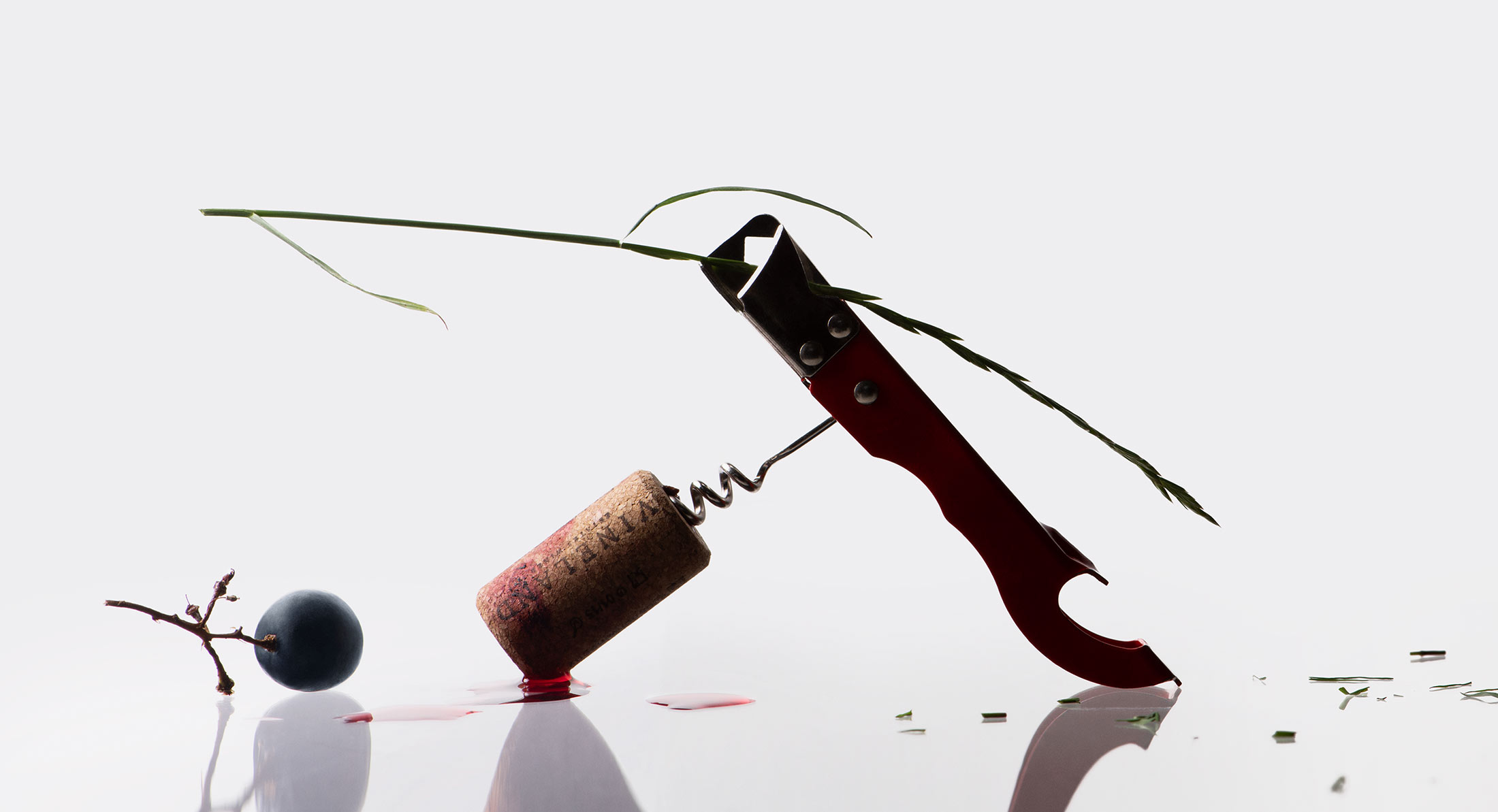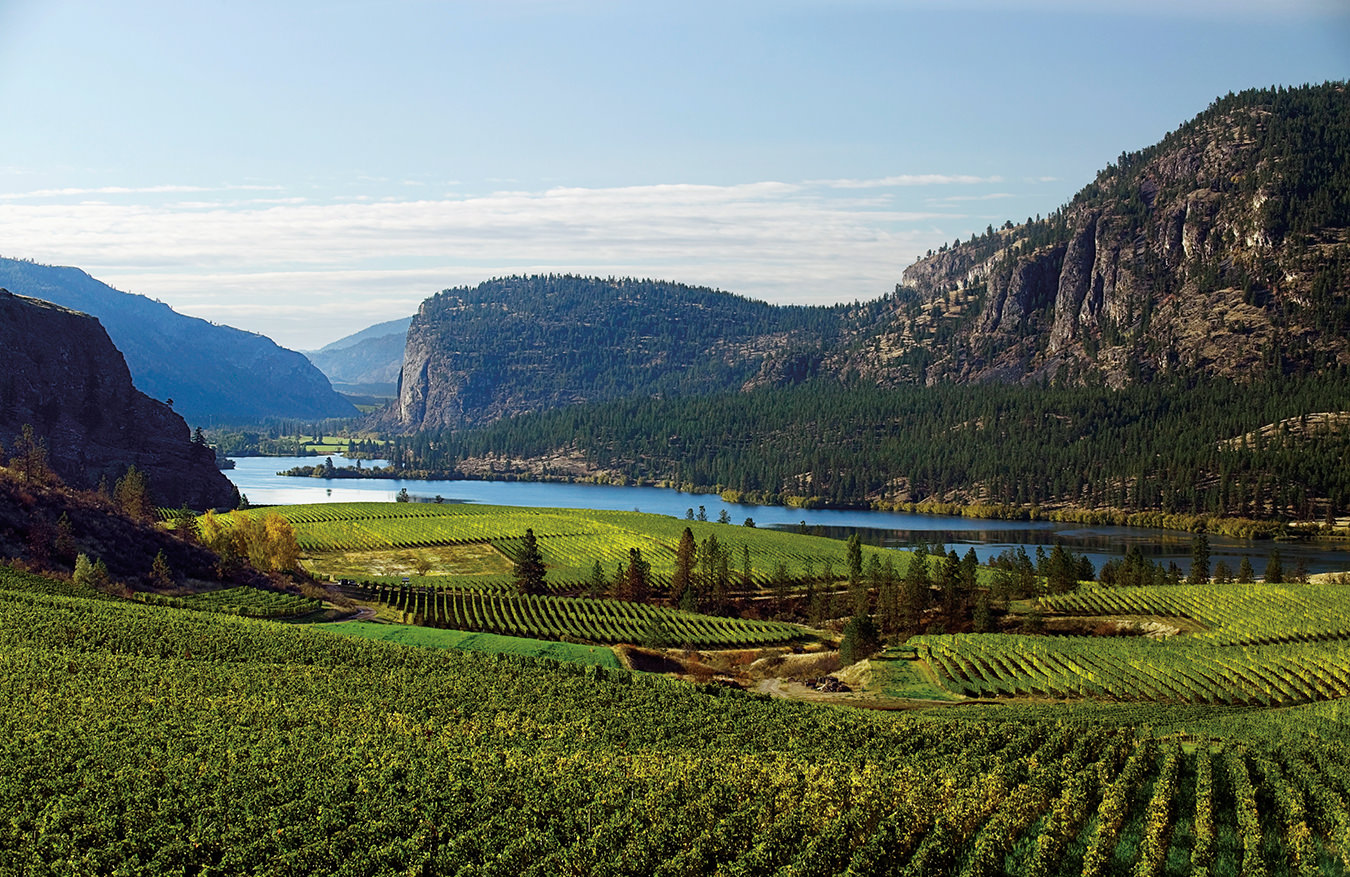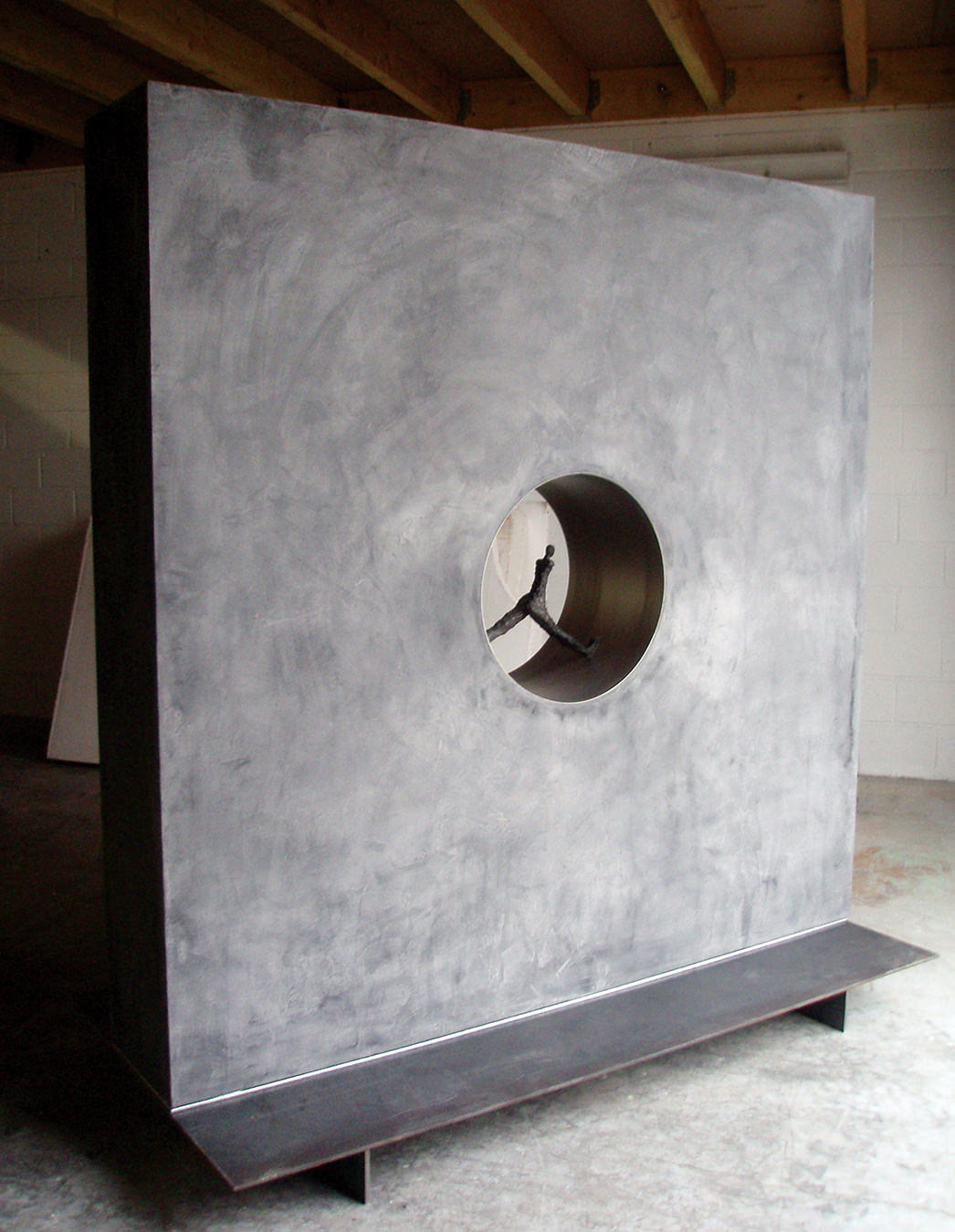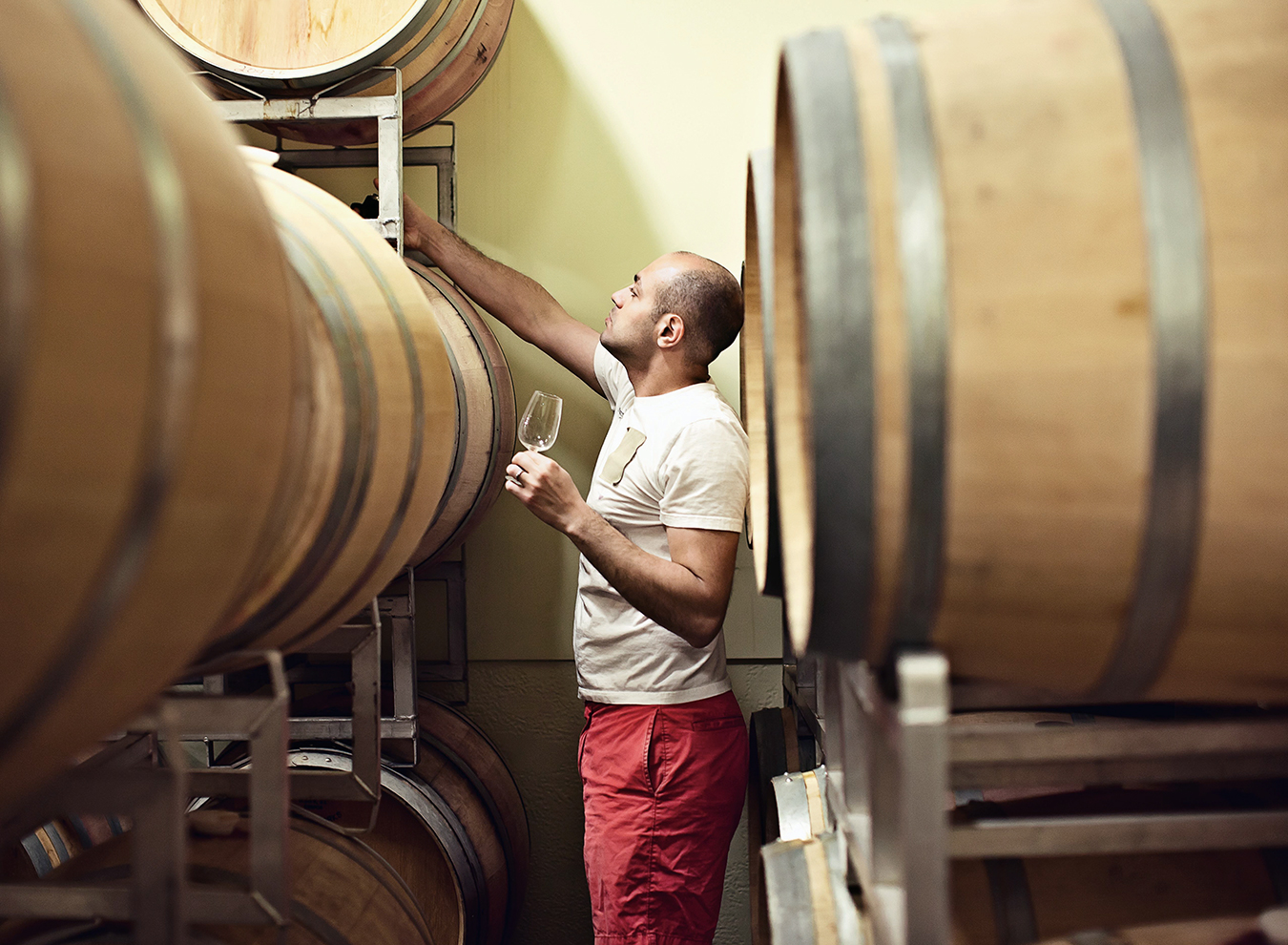Don’t Overlook Cabernet Franc
The varietal deserves far more attention than it gets.

Which type of red wine will next capture the imagination, hearts, and wallets of wine consumers?
In the last two decades, Australian shiraz and Argentine malbec have each had their turn at darkening the tongues of millions of wine-lovers. Both are still popular, though not as much as in their heydays. The two varieties highlighted in the 2004 wine movie Sideways are also still in contention. Pinot noir was treated like a holy grail at the time, but it’s too expensive to be a mass-market wine. As for merlot, so famously dissed (who needs to read that quote again?), it too often comes across as the red version of a common chardonnay—fruity and bereft of character. Meanwhile, cabernet sauvignon has held its own as a reliable red that has warded off all challenges to its position.
But what about a parent of cabernet sauvignon, cabernet franc? It’s the variety so much in the shadow of cabernet sauvignon that its name doesn’t even register with most people when someone mentions “cabernet”. Yet against all odds, cabernet franc has stepped into the light. It’s not so much a renaissance because cabernet franc has never had a moment of fame. It’s the variety’s coming of age.
Cabernet franc originated in southwestern France and is important in nearby Bordeaux, where, after merlot and cabernet sauvignon, it is often the third component in red blends. Mainly grown on the Right Bank in appellations such as Saint-Émilion, its most famous expression is Château Cheval Blanc, which is usually about 60 per cent cabernet franc, with the rest
mostly merlot.
For many consumers, the only catch with these cabernet francs is that they show a characteristic flavour that’s variously referred to as green, herbaceous, or vegetal.
Although it has historically been used mainly as a blending grape, cabernet franc is a prestigious stand-alone variety in the central Loire valley, in appellations such as Chinon, Bourgueil, and Saumur. There, it tends to make full-flavoured and spicy but lighter-bodied wines that are relatively low in alcohol, with bright, juicy acidity and light tannins. It’s a food wine par excellence, so versatile that you can drink it with red meat or fish, vegetables or pasta.
For many consumers, the only catch with these cabernet francs is that they show a characteristic flavour that’s variously referred to as green, herbaceous, or vegetal. This comes from the same compound that gives what are called “grassy” flavours to sauvignon blanc, where they’re not considered problematic. Many wine drinkers mistakenly think this flavour in cabernet franc means the grapes were unripe when harvested, but in fact it is intrinsic to the variety.
As one of the key red Bordeaux grapes, cabernet franc was planted wherever winemakers wanted to make Bordeaux blends. Outside the Loire valley, its purpose was almost invariably to play a supporting role in blends; only a few producers here and there have made wines from cabernet franc alone. In Ontario, Pelee Island Winery planted its first cabernet franc vines on Pelee Island in 1992. In Napa Valley, early cabernet franc producers include Peju Province Winery, Laird Family Estate, and Lang & Reed, where cabernet franc has been a specialty since the early 1990s.
These wineries were well ahead of their time—now, hundreds of wineries around the world are catching on. South Africa is a case in point. Between 2005 and 2015, the number of wines made each year solely from cabernet franc rose from 17 to 78. In 2016, the number almost doubled, to 147. Even though cabernet franc plantings are small, there and in other big wine-producing regions such as Argentina and California, more and more single-variety cabernet francs are being made. The story is oft-repeated: a winemaker is tasting wines for her blends. When she tastes the cabernet franc, she thinks, “This should be bottled on its own.”
In some regions, plantings of cabernet franc have surged. In Ontario, it is now the most planted red variety, and it is one of the leading-quality varieties in New York state, where the Hudson Valley region has adopted it as its signature grape. It’s the grape that winemakers in Virginia are pinning their hopes on, and it’s up and coming in Pennsylvania. (These are increasingly impor-
tant wine-producing states: Virginia has close to as many wineries as British Columbia and Pennsylvania as many as Ontario.)
It is Ontario that has led the way with cabernet franc—even if the wine seems to fly below the radar of most of the province’s consumers
In cooler wine regions such as these, wine producers love cabernet franc because it ripens earlier than cabernet sauvignon. They can count on cabernet franc to give them a solid red wine, vintage after vintage, whereas cabernet sauvignon might fully ripen only every two or three years. Broadly speaking, cooler climates deliver wines in the style of the Loire valley: lighter bodied but flavourful and relatively high in acidity and low in alcohol. Cabernet francs from warmer climates have more body, richer flavours, higher alcohol, and lower levels of acidity. Canada produces wines in both styles, the lighter generally from Ontario and the more robust more often from British Columbia.
It is Ontario that has led the way with cabernet franc—even if the wine seems to fly below the radar of most of the province’s consumers—and two Niagara Peninsula wineries are especially noteworthy. Vineland Estates has been making cabernet franc since the early 1990s and now grows it in several vineyards. Winemaker and vice-president Brian Schmidt says he first tasted cabernet franc in 1991, fell in love with it, “And I’ve been hammering that nail ever since.” As for its suitability for being produced in Ontario, “I think the debate about which variety does best in Ontario is over.”
Vineland grows cabernet franc in several different vineyards in order to track the differences between locations. Overall, they are in a lighter style, but some vintages show as rich and fuller bodied. Not only does Vineland produce a number of vineyard-specific cabernet francs, it is using terracotta vessels to age some of them and is experimenting with a solera-system cabernet franc—a blend made from different vintages.
At Niagara’s Stratus Vineyards, winemaker J-L Groux now devotes a third of his vineyard area to cabernet franc, out of the 16 grape varieties he has planted. For him to devote that much space to one variety is a statement in itself. Another statement is the fact that the 2018 vintage of Stratus’ iconic red blend is 40 per cent cabernet franc, with most of the rest being cabernet sauvignon and merlot.
Is cabernet franc going to be the next “big red”, as Australian shiraz and Argentine malbec were?
Other significant Ontario cabernet franc producers include Château des Charmes, Cave Spring, Fielding Estate, Featherstone, and Two Sisters. At the latter, winemaker Adam Pearce makes a delicious sparkling wine from cabernet franc. In fact, Ontario produces many very good to fine cabernet francs as red and rosé wines. It’s a cliché that a region is coming to maturity when the producers figure out the grape varieties that do best in the location, and the success of Ontario’s cabernet francs is telling.
The variety has a lower profile in B.C., where it’s the fourth most-planted red variety—after merlot, pinot noir, and cabernet sauvignon. Most cabernet franc is grown in the warmer southern half of the Okanagan Valley, with a small cluster in the nearby Similkameen Valley. Overall, the cabernet francs tend to be a little fuller in body than Ontario’s, with higher alcohol and less acidity. In this respect, Canada’s two main wine regions offer complementary takes
on the variety.
Notable producers in the Okanagan Valley include Mission Hill, where winemaker Ben Bryant says cabernet franc “has a most exciting future in the region as a stand-alone.” He makes several single-vineyard cabernet francs from sites dotted around the valley. Ezra Cipes of Summerhill Pyramid Winery makes several single varietals and blends, and Summerhill made a sparkling wine called Blanc de Franc in 2011. Other notable producers include Poplar Grove, Culmina, Bench 1775, and Tinhorn Creek, where cabernet franc was first planted in 1995. In the Similkameen Valley, Orofino Winery’s John Weber turns cabernet franc into red and rosé wines.
Is cabernet franc going to be the next “big red”, as Australian shiraz and Argentine malbec were? Probably not, and in any case that would do an injustice to the many excellent rosés it makes. Too little cabernet franc is produced worldwide for it to repeat the success of shiraz or malbec. But cabernet franc is awaiting discovery by serious wine-lovers as an attractive alternative to the better-known reds. Maybe it won’t be the focus of the next wine craze, but in the near future it promises to thrill many more palates than it does today. 
_________
Never miss a story. Sign up for NUVO’s weekly newsletter, here.




